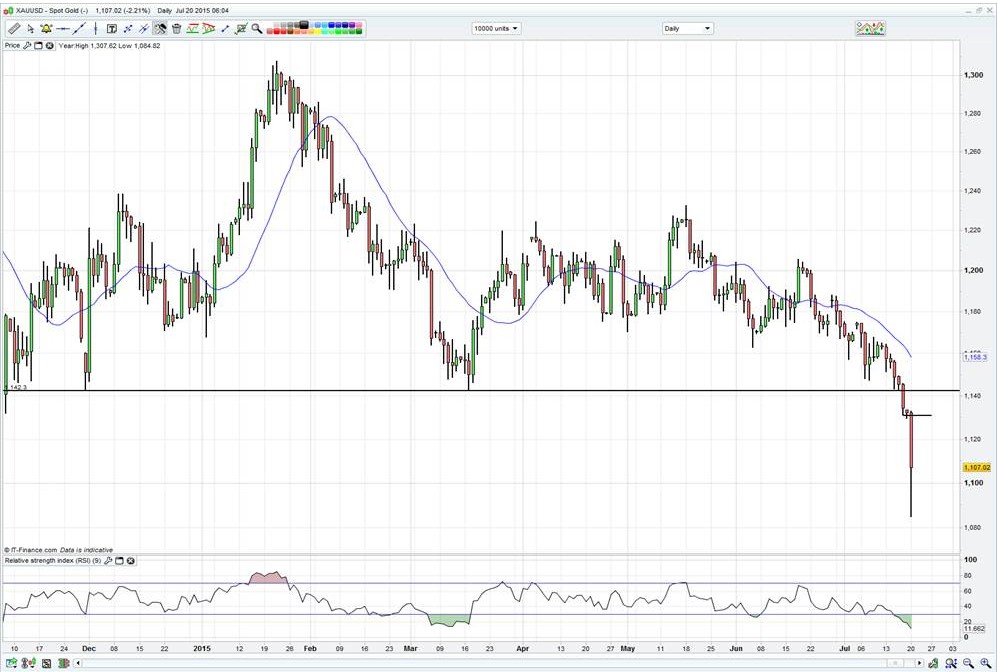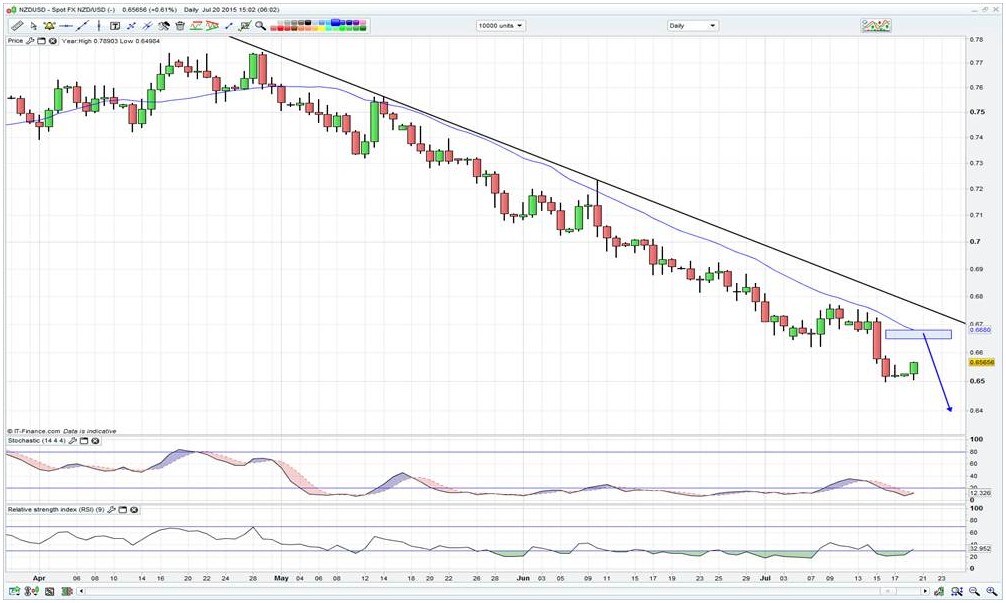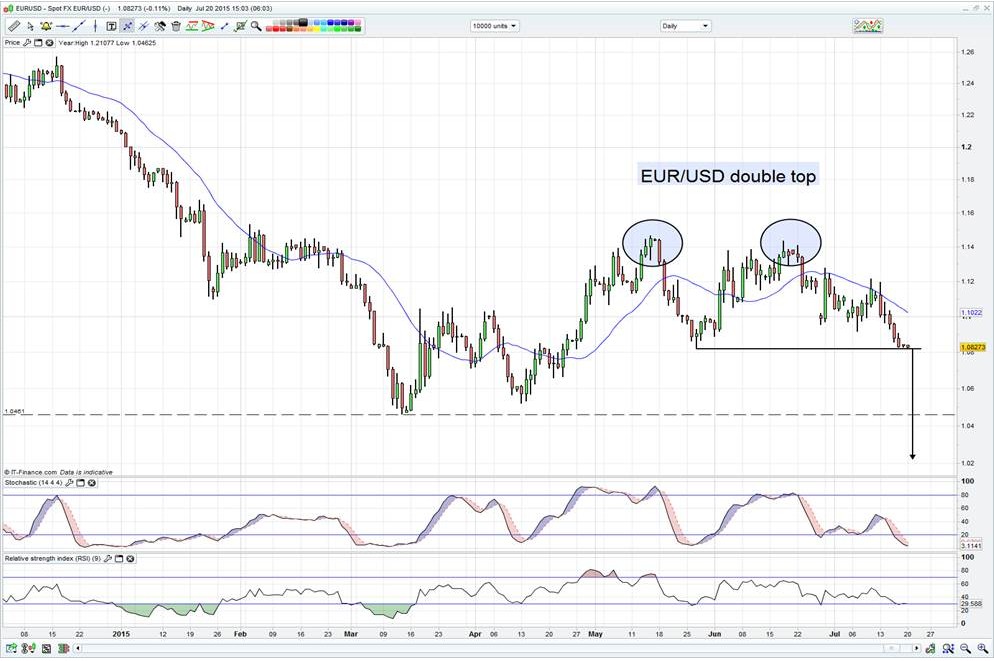Chris Weston, Chief Market Strategist at IG Markets
Risk sentiment seems to be increasing, although Asian equity market seem to be consolidating somewhat today.
Traders spent much of last week unwinding downside protective hedges in various markets as a number of macro headwinds abate and the focus falls firmly on earnings and growing central bank divergence. For the first time in a while, we saw almost every Asian market (including Australia) rally on the week and I continue to hold a risk positive bias in developed equities this week. This also led to the biggest weekly fall in the VIX index since it came into operation in 1990. With Greece off the front pages for now amid Alexis Tsipras achieving a €7.16 billion loan via the EFSM and a new bailout friendly government in play, we have seen the market price out the risk premium. On top of this the People’s Bank of China have continued market supportive measures even though the market was stabilising and US corporates are also beating low ball estimates.
The talk of the day though has been centred squarely on gold. There was significant technical damage to the gold market on Friday as price traded through the March (and November 2014) low of $1,143 and stops were triggered. Clearly, there have been a few players wanting to exit longs in Asian trade and when price traded through Friday’s low we have seen gold undergo what can really only be described as its mini ‘flash crash’ with spot gold trading falling $49 to a low of $1,080. Talk from one local bank has been that five tonnes was dumped onto the Shanghai exchange, which is a huge order regardless of the time of day.
(Daily chart of spot gold)

Speculators in general seem to agree, with the market running a net long position of 47,824 contracts – the smallest long position since January 2014. The question is why would you hold gold, apart from the fact that everyone is now bearish? The Federal Reserve and the Bank of England are talking openly about normalising policy and both the USD and GBP are flying. Inflation expectations are low and volatility is highlighting that traders are reducing downside hedges. Above all the technical picture looks horrible and short positions are clearly favoured.
Returning to the subject of central bank divergence and what I believe is now the most interesting macro issue in capital markets. As suggested last week, the idea of buying currencies where the central bank is openly talking about normalising policy and selling currencies where we are seeing active easing (or at least economic fragility) is working perfectly. I am still of the belief that the likes of USD/CAD, GBP/CAD, GBP/NZD, GBP/SEK and USD/MXN longs will continue to work well, but my preference here is absolutely to buy any weakness and follow the trend higher as these are mature and stretched trades.
Two big events this week should really put this trade in the spotlight with Aussie Q2 CPI (Wednesday) and the RBNZ meeting (Thursday). The market expects the RBA’s preferred measure of inflation to fall 20 basis points to 2.1%, although this would still be in the central banks range. A number below 2% would really set AUD bears going though and would put the RBA’s own inflation forecasts at risk once again. Of course, the economist world would prefer to get inflation data once a month like most other developed central banks, rather than every quarter. The RBNZ should cut by 25 basis points, but given the market is pricing a 12% chance of a 50 basis point cut we could see some modest short covering, especially as the leveraged community are running the biggest net short position ever.
Some focus has been placed on Prime Minister John Key’s comments that the ‘NZ dollar has fallen faster than expected’. We have seen some buying , or more appropriately short covering, but while Mr Key has some of the best financial market credentials around I see this as nothing more than a throw away comment and won’t alter the longer-term trend. I’d expect rallies in NZD/USD to be capped into NZ$0.6650 to NZ$0.6680.\
(Daily chart of NZD/USD)

EUR/USD is also at an interesting juncture with a firm focus on the May low of $1.0819. This is also the neckline of the May/June double top and therefore a closing break through this pivot should see EUR/USD targeting the year low of $1.0458. Perhaps this would be the key catalyst for pushing gold through the $1000 per ounce barrier. It would certainly be worth looking at long positions in European stocks that benefit from a weaker EUR such as Danone, Phillips, Louis Vuitton, just as you would CSL, MQG and RMD when the AUD falls, which seems to be playing out well today. We are also seeing better outperformance from European markets and if you look at the MSCI world/Eurostoxx ratio you can see this outperformance front and centre and as things stand a positive open is expected this morning in Europe.

Ahead of the European open we are calling the FTSE 6784 +9, DAX 11700 +23, CAC 5131 +7, IBEX 11506 +26 and MIB 23806 +41